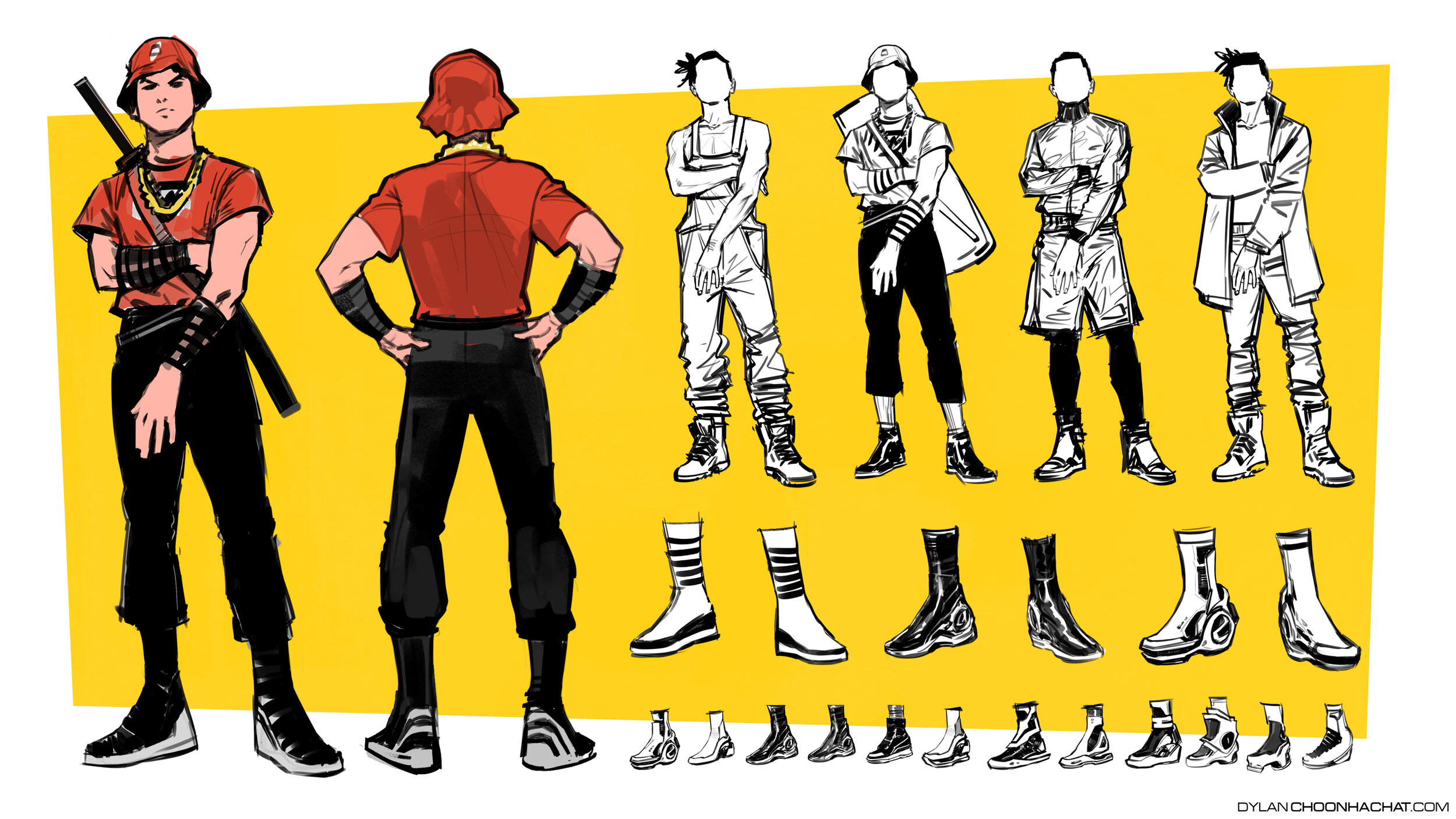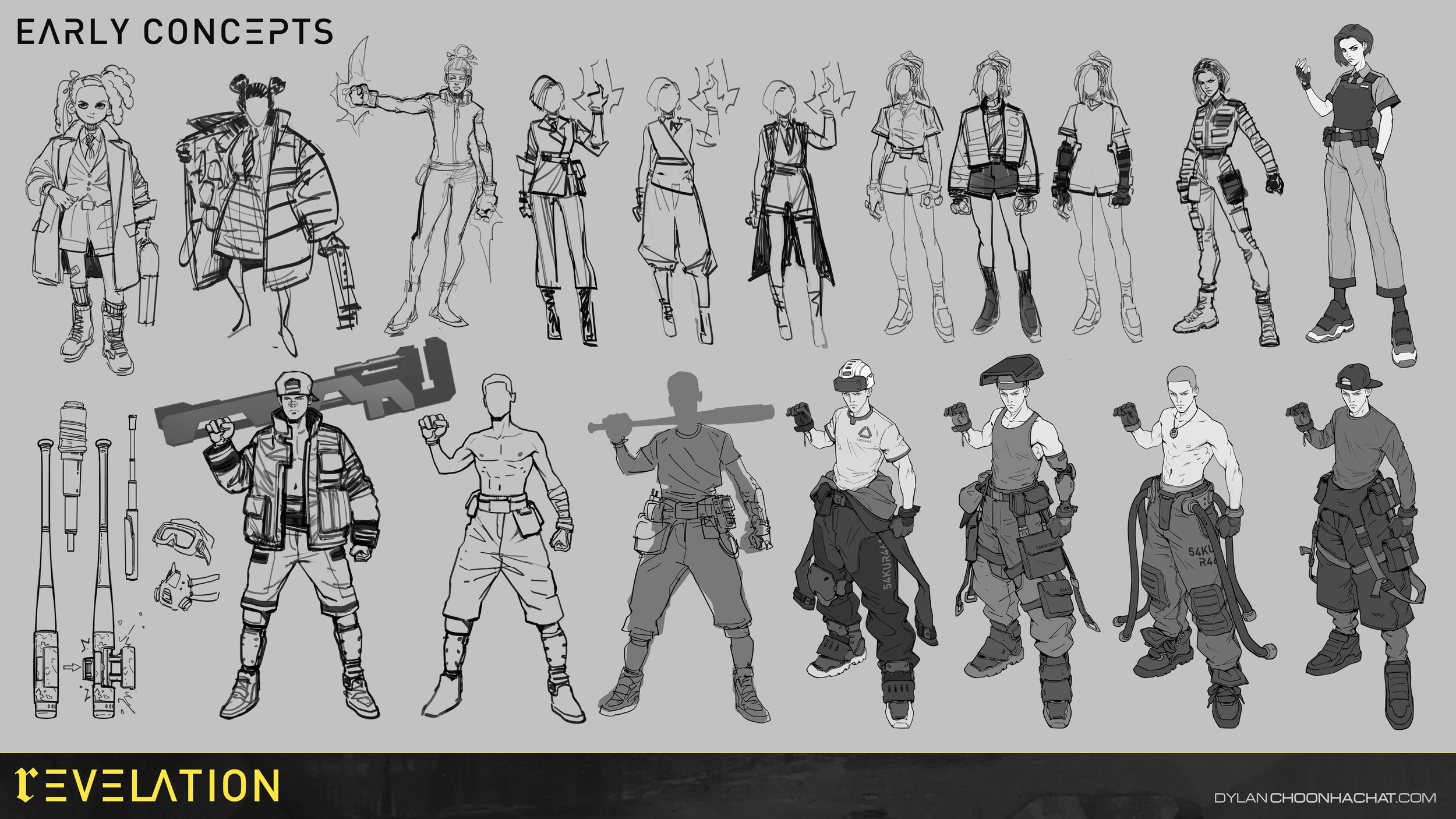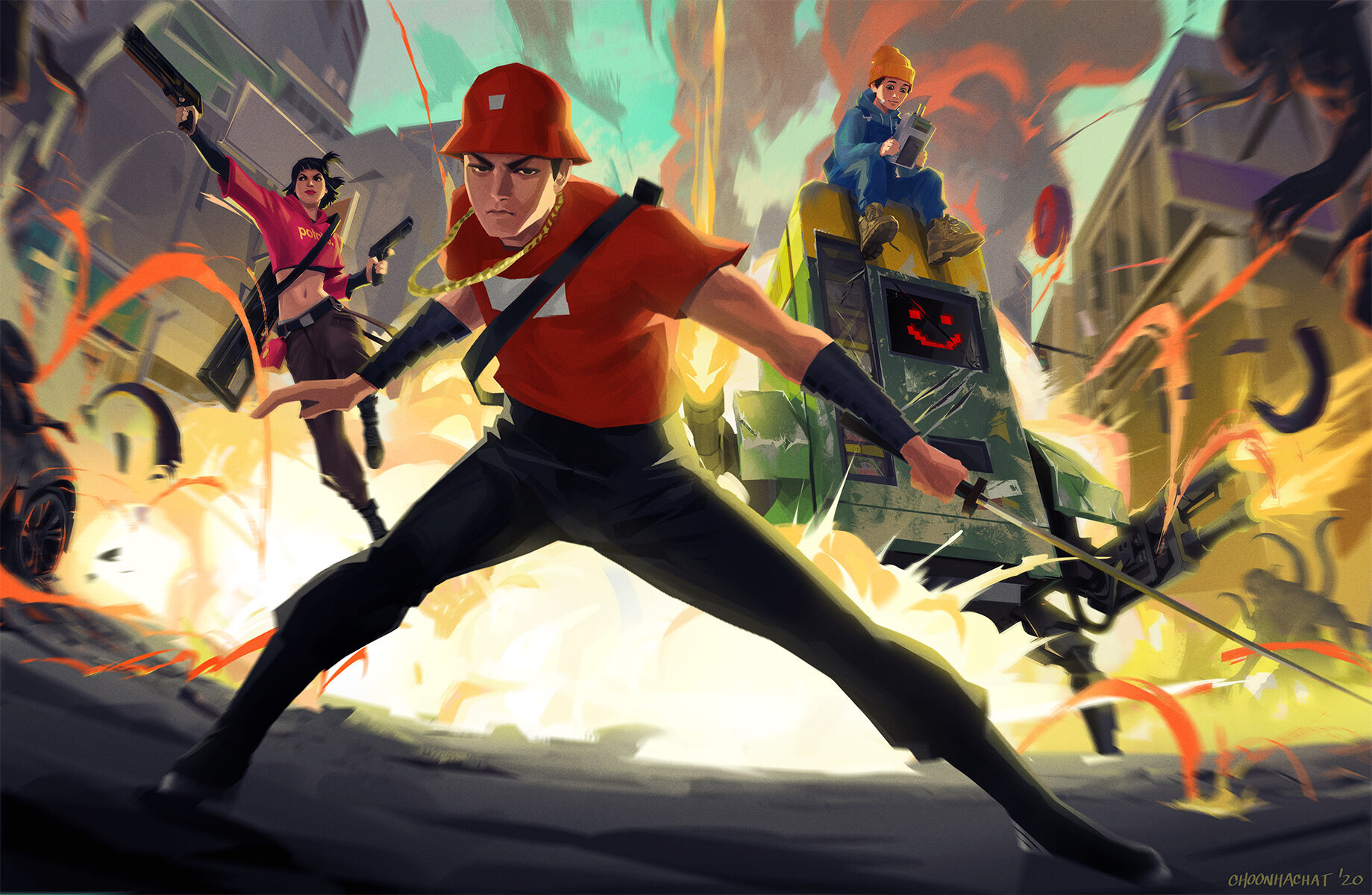The purpose of illustration is usually to help promote or sell a product or an idea. There are overlaps and gray areas between concept art and illustration in terms of the visuals, but in contrast to the concept art/vis dev work that is done behind the scenes in the pre-production stage, an illustration is meant to be seen by the public. Because of this, the quality of finish is very important in an illustration.
There are many types of illustration jobs, but some examples of the more popular illustrations are book covers, movie posters, children books, banners, card game illustrations, and loading screens.
There are some full-time illustration positions, but the demand for it is usually infrequent, so most of the time, illustration jobs are freelance. Illustrators are usually paid a flat rate per illustration.
Fine Art
With the popularity of digital art, there is a lot of fine art being created and sold online. The line between illustration and fine art is becoming blurred. When it comes to the visuals, there is little to no separation between them. For the purpose of this article, the difference between illustration, concept art, and fine art is the reason the art is being created.
An illustrator and a concept artist are commissioned/hired to create the work based on a prompt/script/direction in order to help sell or create a product (book, movie, game, etc.). The work is a supplement to the product that is being sold.
On the other hand, a fine artist creates work based on their own vision/purpose, and the audience buys it with the purpose of obtaining the actual art piece itself. Originally, fine art is mostly sold at galleries, in person, or online, but there is an increasing amount of fine art created digitally, and the artists make their earnings from selling prints, being partnered with YouTube, or using subscription-based platforms like Patreon/Kofi.
Other Entertainment Art Jobs
There are other disciplines like animation, matte painting, lighting, texture painting, 3D, and VFX, but they usually utilize different software and require different sets of skills. These jobs are more specialized, and have less overlaps with illustrations and 2D concept art. When applying to jobs, you should cater your portfolio towards the specific positions. You can even have multiple portfolios you send out to different places. Clients and employers will want to know if you can do the job, and it is better if they don’t have to guess. Putting the right work in your portfolio will greatly increase your chances of getting hired!
Resolution Art Studio
If you’d like to learn more about concept art, visual development, illustration, and other entertainment art disciplines, check out Resolution Art. We give feedback on your work and discuss topics that will help bridge the gap for artists who want to work in the industry. We offer classes, mentorships, and a community of aspiring and professional artists. You can also join our Discord by clicking here.



